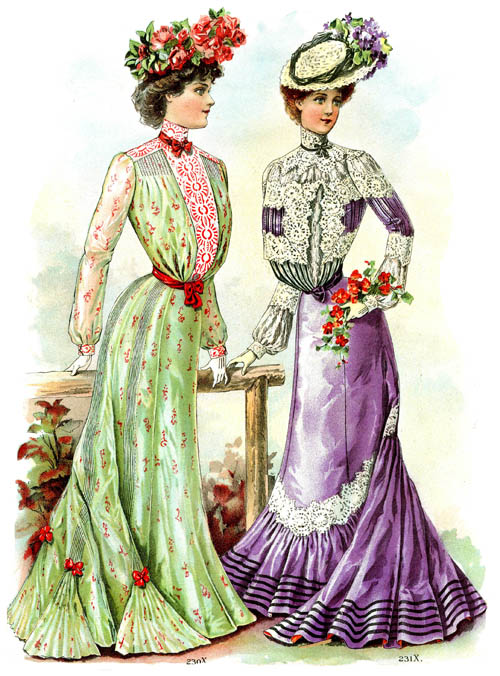|
Home > Victorian America > Economics > The Labor Movement
The 1880s saw the rapid rise of the labor movement and trade unions in America. Some regarded this as the greatest boon to the working man (and woman, and child) in decades, if not centuries; others regarded it as a herald of the end of civilization as we know it. (Or, at least, as they knew it.) Possibly the best and most balanced overview of the subject can be found in the 1884 article, The Uses and Abuses of Trades-Unions (below). This article notes both the benefits of trade unions to the worker, along with the worker's need and right to protect himself and his family, and the detrimental effect unions often have on industry. These arguments and concerns are far from being mere history or "old news" - they continue to rage today.
- The Uses and Abuses of Trades-Unions
(Century Magazine, 1884A)
- Danger Ahead, by Lyman Abbott
(Century Magazine, 1886A)
- On emigration, socialism, and labor unions.
- The Strength and Weakness of Socialism, by Washington Gladden
(Century Magazine, 1886A)
- Strikes, Lockouts and Arbitration, by George May Powell
(Century Magazine, 1886A)
- Cooperation, by Theodore L. DeVinne
(Century Magazine, 1886B)
- On trade unions and cooperation within trades, particularly the printing trade.
- Is It Peace or War? by Washington Gladden
(Century Magazine, 1886B)
- Labor vs. Capital.
- The Labor Question, by Edward L. Day
(Century Magazine, 1886B)
- More on trade unions.
- Two Kinds of Boycotting
(Century Magazine, 1886B)
- The Margin of Profits, by Edward Atkinson
(Century Magazine, 1887A)
- With respect to labor reform, "The practical question which now calls for close analysis is this: What is the actual margin of profits? In other words, are capital and capitalists securing to their own use such an undue share of the joint product of labor and capital as to render a change in existing methods of distribution either necessary or expedient?"
- The Growth of Corporations, by Richard T. Ely
(Harper's Monthly, 1887B)
- Labor and Capital: A Connecticut Experiment, by Washington Gladden
(Century Magazine, 1887B)
- The Seaside Institute in Bridgeport, Connecticut was built for the use and benefit of the female employees of the Warner Brothers Corset Company. It was designed as a dining, lecture and meeting hall with library, music and reading rooms for the benefit of these female employees, as well as a rooming-house.
- Low Prices, High Wages, Small Profits - What Makes Them? by Edward Atkinson
(Century Magazine, 1887B)
- Plain Words to Workingmen, by Fred Woodrow
(Century Magazine, 1893A)
- A look at labor from the labor side.
|
Visit Our Victorian Shop
for:
Books
Coloring Books
Beautiful Spiral Journals
Holiday Greeting Cards
|
|


 Discover thousands of Victorian images in our
Discover thousands of Victorian images in our